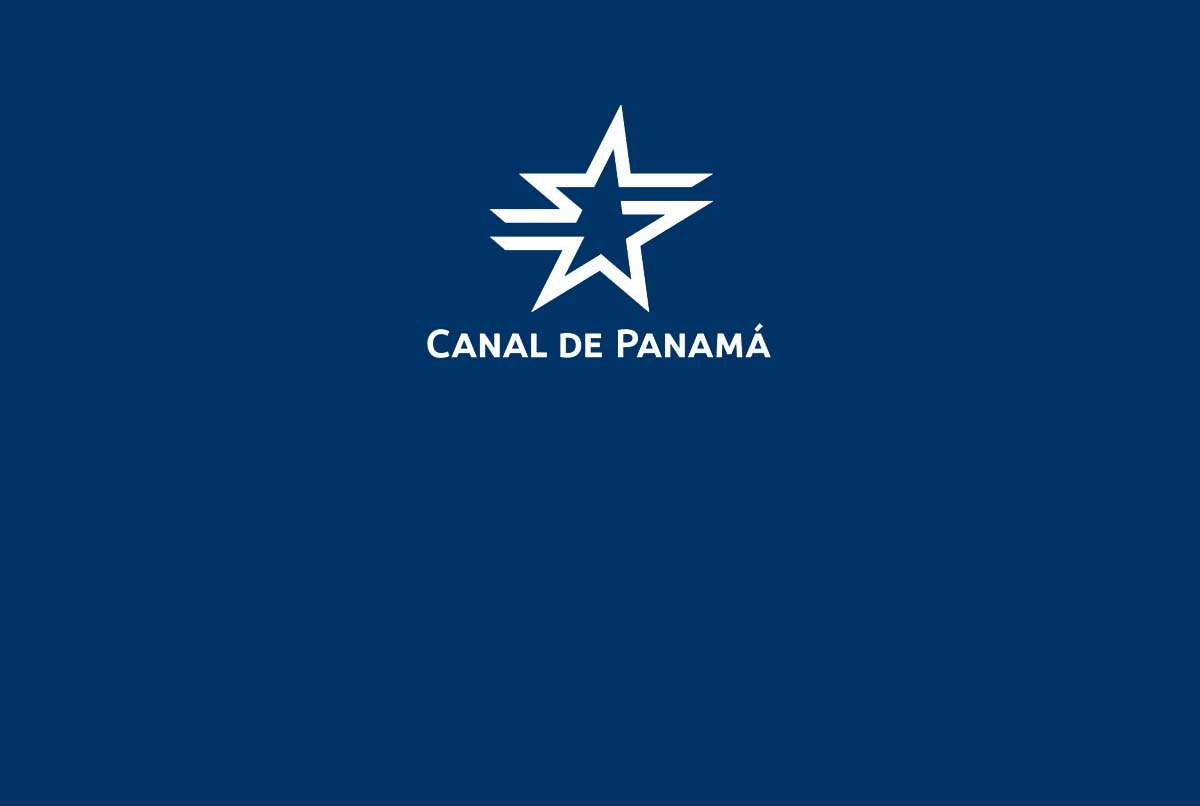Panama City, Panama, August 2, 2016 – The Expanded Panama Canal has transited 69 Neopanamax vessels since the Inauguration on June 26, 2016. Specifically, 40 containerships, 24 liquefied petroleum gas (LPG) carriers, three vehicle carriers and two liquefied natural gas (LNG) carriers have transited the Expanded Canal. These LNG vessels were the first to transit the waterway since the Canal opened trade possibilities to this new market segment.
In addition, the Panama Canal has received 250 reservations and counting for the Expanded Canal, including seven cruise ship reservations. Since the Expanded Canal opened for business, major liners have rerouted service to the Panama Canal to take advantage of the significant time savings the waterway provides. For example, the 2M Alliance, which includes shipping liners Maersk and Mediterranean Shipping Co., announced in July that they are rerouting Asia to U.S. East Coast service to the Panama Canal.
The significant demand shown by the maritime industry reinforces the need for the Expansion, its future potential, and the benefits it brings to global commerce and the world’s consumers.
“We are very pleased with the first month of operations at the Expanded Canal since the Inauguration,” said Panama Canal Administrator and CEO Jorge L. Quijano. “The increasing demand is further evidence of the maritime industry’s continued trust in the Expanded Canal, and the great impact it will have on the future of world maritime trade.”
Milestone transits for the Expanded Panama Canal, include the following:
- June 26- Inaugural transit and containership: COSCO Shipping Panama
- June 27- First liquefied petroleum gas (LPG) carrier: NYK Lycaste Peace
- July 6- First vehicle carrier (RoRo vessel): NYK Iris Leader
- July 25- First LNG carrier: Maran Gas Apollonia
In addition, in July, the Panama Canal announced the first recipient of its Green Connection Award was Maran Gas Apollonia and Shell International Trading & Shipping Company. This acknowledged their commitment to reducing emissions by using the Panama Canal route. By transiting the Panama Canal Green Route, the Shell-chartered Maran Gas Apollonia contributed to the environment using the shorter route and reducing CO2 emissions.
Canal operational testing and training remains a priority. More than 50 trial lockages have taken place in the Agua Clara Locks with the Panama Canal-chartered Neopanamax dry bulker, MV BAROQUE, since the beginning of June. The vessel is used to conduct testing and training of the new locks. Pilots transiting the Neopanamax vessels are very skilled and experienced with at least 16 years transiting vessels at the Panama Canal.
“We look forward to setting more milestones and making more progress to meet and exceed our customers’ expectations and the quality of service they have come to expect at the Panama Canal,” said Administrator Quijano. “Our commitment to our customers and the maritime industry is paramount.”
About the Panama Canal Authority
The Panama Canal is run by an autonomous agency of the Government of Panama in charge of managing, operating and maintaining the Panama Canal. The operation of the Panama Canal Authority (ACP) is based on its organic law and the regulations approved by its Board of Directors. For more information, please refer to the ACP’s website: http://www.pancanal.com or follow us on Twitter @thepanamacanal.
About the Panama Canal Expansion
The Panama Canal Expansion is the largest enhancement project since the Canal’s opening in 1914. Considered and analyzed for a decade with more than 100 studies, the Expansion provides the world’s shippers, retailers, manufacturers and consumers with greater shipping options, better maritime service, enhanced logistics and supply-chain reliability. The Expansion included the construction of a new set of locks on the Atlantic and Pacific sides of the waterway, creating a third lane of traffic and doubling the cargo capacity of the waterway. While the Expanded locks are 70 feet wider and 18 feet deeper than those in the original Canal, they use less water due to water-savings basins that recycle 60 percent of the water used per transit. In line with its commitment to customer service, the Panama Canal will continue to provide the world with value for another century and beyond.




